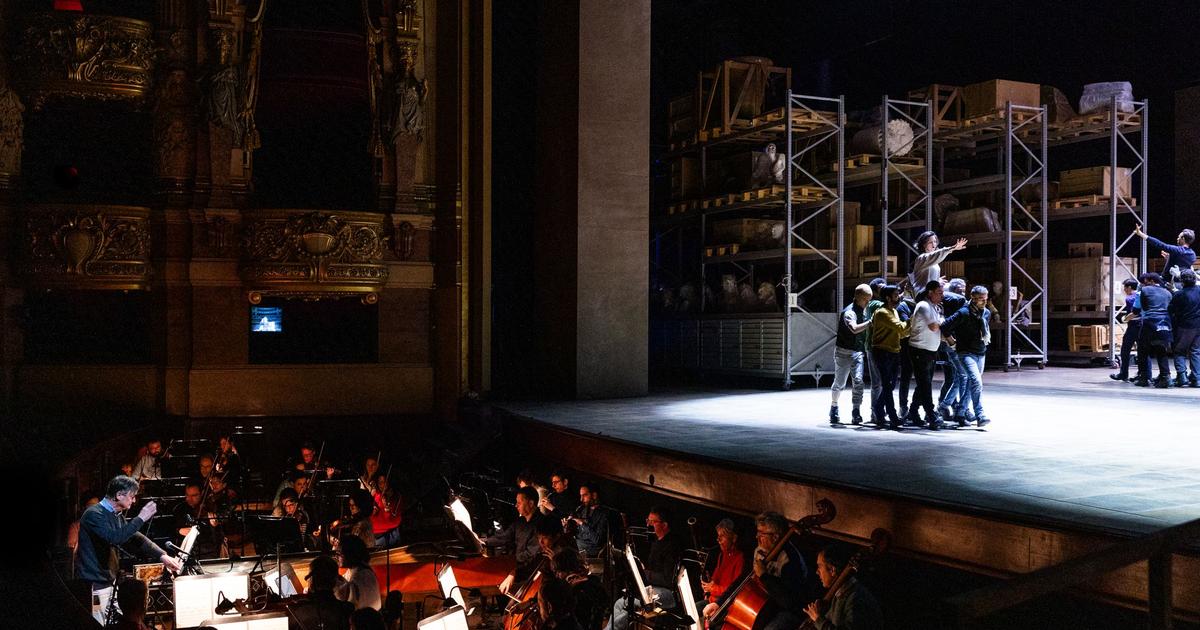Ammerland on Lake Starnberg has always been a great fascination for artists.
The painter Josef Rösl also lived here, and his wall paintings were in great demand.
FROM VOLKER UFERTINGER
Münsing
- Munich, Stuttgart, yes New York: Josef Rösl (1853 - 1931) was immortalized in many cities around the world.
His wall paintings were in great demand at times before he lost interest in them and tried out other styles.
He always spent the summer in Ammerland.
His father, the Munich court printer Heinrich Rösl, acquired the country house at 23 Südliche Seestrasse in 1867.
From when to when he was registered in Ammerland could not be traced in the community.
“Back then you weren't as precise as you are today,” explains employee Anita Nass.
"Especially not with summer guests."
Son Josef Rösl later bought the forest ground up to the ridge, the so-called Martinshöhe, and built a studio, which he expanded into a villa in 1902.
The address: Siegleweg 10. There he paid homage to his second passion: music.
Together with his wife he opened his house to many famous contemporaries, including the pianist Michael Raucheisen and the singers Maria Ivogyn and Karl Erb.
The fish motif appears again and again
Josef Rösl, born in Munich on January 20, 1853, trained at the art academy in his hometown.
As was customary at the time, in the 1880s he switched to genre images, i.e. moral images and everyday scenes.
As it is said in Walter Frei 's book “Picturesque heritage between Isar and Loisach”, Rösl turned to ornamentation from 1890 - anticipating Art Nouveau.
Above all, he achieved very personal animal representations, the motif of the fish reappeared.
His spatial compositions caused a sensation in the art world.
This was followed by orders for the Munich Ratskeller, where he illustrated the room with the eloquent name “Swamp”, for a “Hans Sachs Room” in the Stuttgart State Museum, for a painting of the collegiate church in Landau / Pfalz, which took three years to complete took.
There were also orders for Kochel, Wasserburg and New York.
But even before the First World War, Josef Rösl withdrew from the art business in order to paint more again.
Also read: Gabriel von Max: painter, spiritualist and friend of the monkeys
Soon afterwards he made friends with Cornelius and Colombus Max, the sons of his neighbor Gabriel von Max. This is how he got to know the etching technique.
As a resident of the lake, underwater wildlife became his main theme.
"He devoted all of his art and imagination to this motif until his death," says Walter Frei 's book.
The villa was popularly known as the "Riesen-Rösl-Fischburg".
One of Josef Rösl's three daughters, Carolin Rösl, still played an important role in art in Ammerland.
From 1930 she organized open-air concerts in the park with artists such as Walter Kunkel.
Very soon after the end of the Second World War, music was played in the garden again, allegedly as early as August 5, 1945. People were happy and happy to be able to forget their misery for a while in the oasis of Villa Rösl.
This later resulted in the “Ammerlander Musiktage”.









